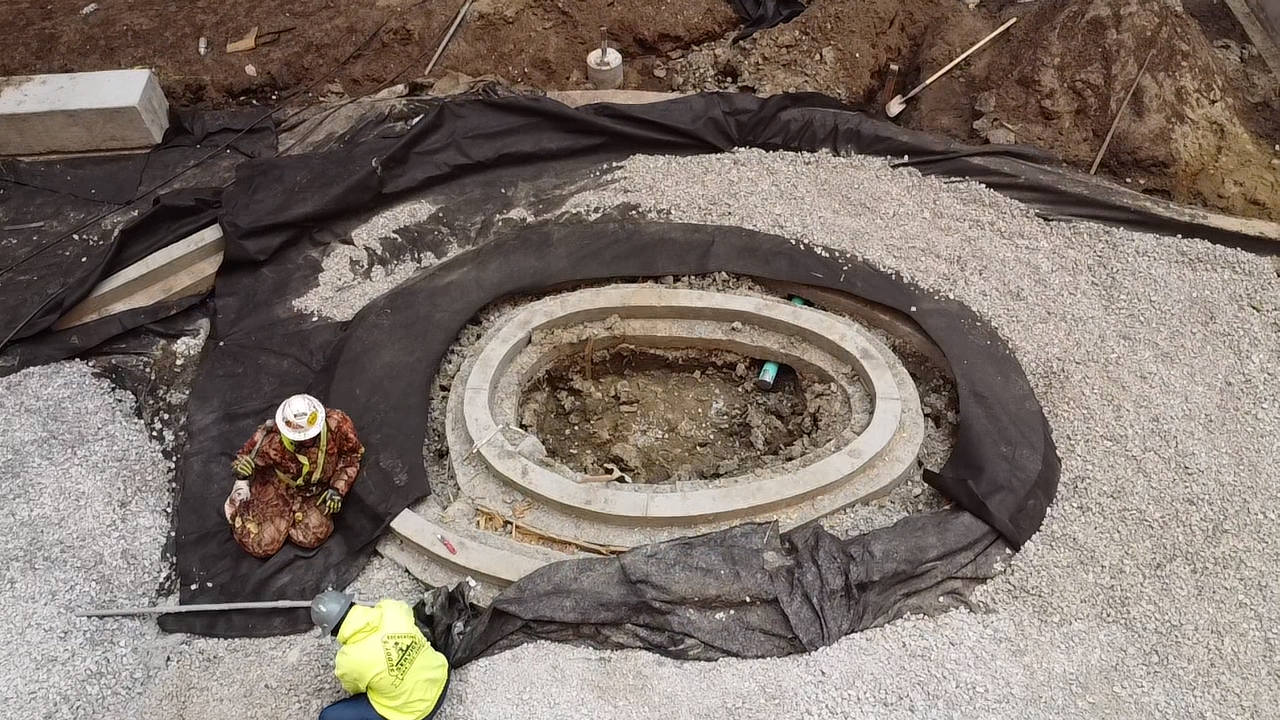Mastering the Basics: Essential Site Prep Steps for Successful Concrete Construction
A successful construction project begins long before the first batch of concrete is poured. Proper site preparation is the foundation that prevents future problems such as uneven surfaces or structural weaknesses. As a family-owned business with four generations of experience, we understand the importance of thorough, detail-oriented site prep. By carefully planning and following each essential step, you can set the stage for a project that stands the test of time.
Why Site Prep Matters
Site preparation goes beyond leveling the ground. It involves analyzing soil composition, planning for drainage, and ensuring that the location meets all safety requirements. When this early phase is done correctly, the rest of the construction process runs more smoothly. It also reduces the risk of costly repairs or rework later on. Our team has found that investing in meticulous site prep always leads to more efficient builds and greater client satisfaction.
Clearing and Grading the Area
Removing debris, rocks, and vegetation allows the actual work area to be clearly defined. Proper grading ensures that water does not pool around or beneath the concrete, which can weaken it over time. In many cases, we install temporary or permanent drainage systems to direct water away from the final structure. A well-graded site protects the concrete from damage caused by erosion and groundwater, preserving its integrity for the long term.
Setting Accurate Forms and Footings
Accurate measurements and layout are critical for any concrete project. Forms define the exact shape and boundaries of the concrete, ensuring that angles and elevations align with design plans. Footings distribute the load evenly across the foundation. When forms and footings are precisely set, the poured concrete will cure in a stable, well-supported position. This step is where attention to detail pays off. Small adjustments can prevent major complications once the concrete hardens.
Reinforcing the Slab
Rebar, wire mesh, or other reinforcement materials can be added to help concrete withstand tension forces. This is especially important in areas with fluctuating temperatures or soil that shifts regularly. By combining quality concrete with the right reinforcement strategy, you create a slab or foundation ready to handle daily wear and tear. Our team tailors reinforcement methods to each project, ensuring the building’s final structure remains dependable.
Managing Safety and Regulations
Safety is always a top priority, starting on day one of site prep. We make sure heavy equipment operators and crew members follow strict guidelines, from wearing protective gear to clearly marking work zones. Compliance with building codes and local regulations not only keeps people safe but also ensures the project’s integrity. By meeting all municipal and state standards early, the construction process faces fewer unexpected delays.
Final Checks and Preparation
Before pouring any concrete, it is crucial to perform final inspections. This means verifying soil stability, confirming proper grading, and double-checking form measurements. Electrical or plumbing lines that run underneath the slab should also be finalized at this stage. Taking the time for one last review helps catch any oversights, giving you confidence that the site is ready for concrete.
A strong, lasting build is rooted in careful planning and solid groundwork. From analyzing soil conditions to setting accurate forms, each step in site preparation is vital to the finished project’s performance. By following these essentials, contractors and owners alike can reduce setbacks and ensure a safer, more durable result.
At D. Honoré Construction, our commitment to doing things right the first time reflects the values passed down through generations.
To learn more about our concrete construction process and how our family-owned business can support your next project, visit
www.dhonore.com.



